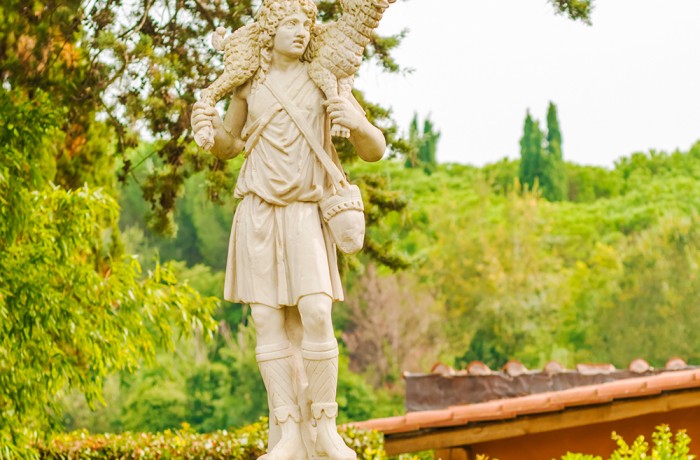THE GOOD SHEPHERD
Two of the most beautiful passages in the Gospel tell of the Good Shepherd: in Luke 15: 3-7 the Lord tells the parable of the Lost Sheep, in which the shepherd leaves all those who are safe to go and look for the one that is lost. When he finds it he puts it on his shoulders and carries it home. He then calls his neighbours and friends to celebrate. In John 10; 1-6, Jesus tells us that He is the Good Shepherd who knows his sheep and they know Him. He also lets it be known that the good shepherd is willing to lay down his life for his sheep. These two passages are so touching and reassuring for the followers of Christ, and paintings as well as sculptures of the Good Shepherd abound. In most images of the Good Shepherd, the shepherd is seen to be a young man, a late teenager perhaps. But, who does this image represent?
Antonio Baruffa, in his book on the Catacombs of St. Callixtus, referring to the many drawings, paintings etc., of the Good Shepherd had this to say:
The symbolism of this well known depiction is quite clear: the figure of the Good Shepherd represents Christ the Saviour, while the lamb alludes to the soul saved by Him.
The Good Shepherd, whether represented in frescoes, sarcophagi, or marble- slabs, is the most repeated image in the catacombs of Rome.

